A well-structured OEM manual is essential for the success of any wireless lavalier microphone. This blog outlines the...
Noise Cancellation in Lavalier Microphones: What OEM Clients Should Know
When it comes to professional audio design, understanding how noise cancellation lavalier technology works is no longer optional—it’s a necessity for every OEM client. Whether you're developing microphones for educational tools, content creators, corporate conferencing systems, or field journalism kits, OEM microphone quality is judged increasingly on one factor: audio clarity.
Today’s consumers expect their voice recordings to be crisp, undistorted, and free from background distractions. This blog offers a comprehensive overview of noise cancellation lavalier technologies, how they impact OEM microphone quality, and why audio clarity should be the foundation of your product design strategy.
Why Noise Cancellation Matters in OEM Lavalier Microphones
In OEM manufacturing, sound is product. Consumers don’t just buy a microphone — they buy audio clarity, voice presence, and a distraction-free experience. With the global rise of remote work, digital learning, podcasting, and streaming, demand for noise cancellation lavalier microphones has skyrocketed.
But for OEM buyers, integrating noise-cancelling technology into lavalier builds presents both an opportunity and a challenge. As a manufacturer, you must balance performance, size constraints, cost, and cross-device compatibility—all while maintaining exceptional OEM microphone quality.
What Is a Noise Cancellation Lavalier Microphone?
A noise cancellation lavalier microphone is a compact, clip-on mic that uses built-in or external technology to filter out ambient sound. Unlike basic lavaliers, which pick up everything within range, these advanced mics focus on isolating the speaker’s voice and suppressing irrelevant noise like:
- Wind
- HVAC hum
- Traffic
- Keyboard typing
- Room echo or crowd chatter
These microphones can employ passive, active, or digital hybrid noise cancellation strategies. For OEM microphone quality, selecting the right method depends on your target application and price tier.
Types of Noise Cancellation Technologies for OEM Lavalier Mics
1. Passive Noise Cancellation
This is the simplest and most affordable form. It relies on mic capsule design, physical barriers (windscreens or foam covers), and directional pickup patterns to reduce off-axis noise.
✅ Best for: Entry-level OEM products, classroom kits, online meeting tools.
❌ Limitations: Cannot block loud ambient noise effectively.
2. Active Noise Cancellation (ANC)
ANC microphones use a secondary mic to detect environmental noise and create phase-inverted signals to cancel it.
✅ Best for: Mid-tier lavalier OEM products in controlled environments.
❌ Limitations: Higher power requirements and may not work well in dynamic, changing soundscapes.
3. Digital Signal Processing (DSP) / AI-Based Noise Filtering
Modern noise cancellation lavalier systems now leverage DSP chips and AI algorithms to detect, learn, and remove background noise in real time.
✅ Best for: High-end OEM microphone quality builds used in vlogging, journalism, corporate training.
❌ Limitations: Higher BOM costs and requires firmware integration.
✅ Pro Tip for OEMs: Hybrid solutions combining ANC and DSP can dramatically improve audio clarity without major design compromises.
How Noise Cancellation Enhances Audio Clarity in Lavalier Microphones
The ultimate goal of any noise cancellation lavalier setup is to improve audio clarity. But what does that actually mean in an OEM context?
✔️ Better Voice Isolation
By eliminating background clutter, a speaker’s voice is rendered more intelligible. This is especially important in multilingual environments, training videos, and real-time transcription use cases.
✔️ Reduced Post-Processing
End users can upload recordings directly without having to clean up the audio in editing software — saving time and making your OEM product more attractive.
✔️ Professional Perception
Consumers associate clear audio with high-quality brands. Even if your microphone is entry-level in price, high audio clarity can elevate it to premium perception.
OEM Considerations When Integrating Noise Cancellation Lavalier Tech
1. Component Sourcing
To maintain OEM microphone quality, you must select capsules and chipsets from trusted suppliers. Look for MEMS microphones with low self-noise and high SNR (Signal-to-Noise Ratio).
2. Form Factor Constraints
Since lavaliers are worn on the body, space is limited. Integrating a DSP or dual-mic array requires clever housing design. OEMs must prototype with attention to cable routing, heat dissipation, and comfort.
3. Cross-Platform Compatibility
DSP-based noise cancellation lavalier systems must be tested across devices — smartphones, DSLRs, PCs — to ensure audio clarity doesn’t degrade.
4. Battery Management
Wireless lavaliers with ANC require onboard power. Optimize power consumption to avoid frequent charging, which users hate.
Testing OEM Microphones for Audio Clarity
OEM microphone quality is only as good as the testing behind it. Here’s how to benchmark audio clarity in production:
Anechoic Chamber Testing: Simulates near-perfect sound isolation to measure mic pickup accuracy.
Real-World Simulation: Test under noisy conditions — subway, café, windy outdoors — for practical assessment.
Frequency Response Graphing: Ensures mic sensitivity aligns with voice frequency bands (85–255 Hz for male, 165–255 Hz for female).
OEM Tip: Provide clients with side-by-side audio samples showcasing your noise cancellation lavalier mic against competitors. Let the sound quality speak for itself.
Market Trends: What OEM Clients Are Asking For
Remote Work & Education
Brands in EdTech and SaaS sectors want microphones with plug-and-play audio clarity. USB-C lavaliers with DSP are becoming a must.
Content Creation
Vloggers and YouTubers care deeply about noise cancellation lavalier systems that deliver pro-level quality without bulky gear.
Enterprise Meetings
Businesses are upgrading their video conferencing tools and demanding OEM solutions with low-latency, high audio clarity, even in open offices.
Global Opportunity: Emerging markets are skipping desktop mics and going straight to lapel-based mobile recording solutions — make sure your OEM microphone quality meets this demand.
Packaging & Positioning for OEM Buyers
When promoting your noise cancellation lavalier microphones to OEM clients, emphasize:
Modular design: Allow custom branding and swappable components.
Marketing assets: Provide white-label support materials like product sheets, specs, and demo videos.
Certifications: Show CE, FCC, RoHS compliance — especially important in North America and Europe.
Tech Support: Offer firmware customization or compatibility testing for DSP-enabled units.
By aligning your factory's capabilities with the top concerns of OEM buyers — cost, customization, and audio clarity — you’ll set your lavalier lineup apart.
Summary: Why Noise Cancellation Is a Competitive OEM Edge
If you want to dominate in the growing audio accessory market, investing in noise cancellation lavalier technology is a must. From simple passive setups to cutting-edge DSP-enhanced microphones, OEM buyers are looking for suppliers who understand what makes audio clarity exceptional.
At the end of the day, microphones are not just about capturing sound—they’re about elevating communication. And OEM microphone quality anchored in reliable noise cancellation lavalier technology is how your brand delivers that promise.
Ready to Build Your Next Noise-Cancelling OEM Microphone?
We help global brands design, manufacture, and scale noise cancellation lavalier solutions that exceed expectations. Whether you're looking to enter a new market or upgrade your existing lineup, our factory offers custom solutions with world-class OEM microphone quality and unbeatable audio clarity.
Contact us today to discuss your OEM requirements and explore how our lavalier technology can set your product apart.
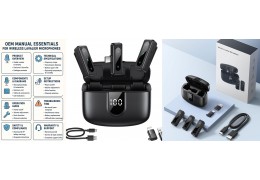

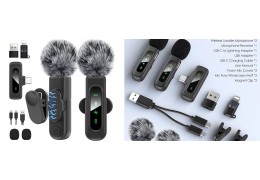
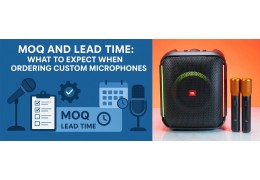
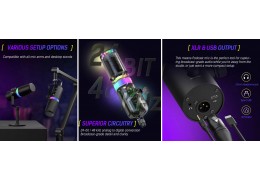

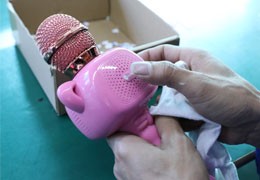
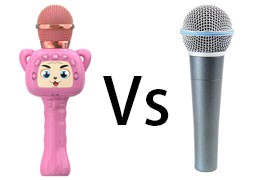
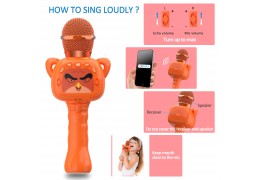
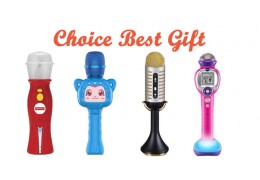
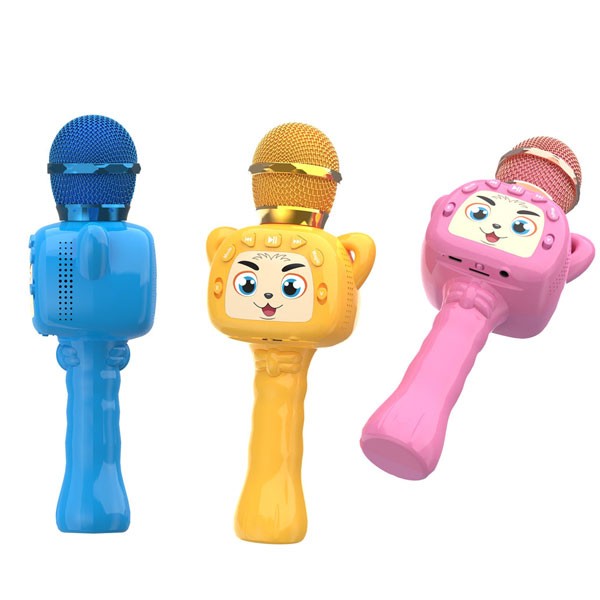
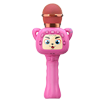

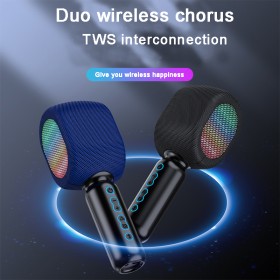

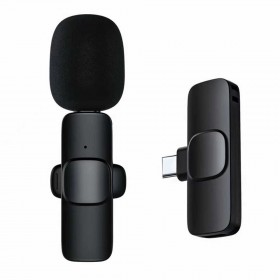
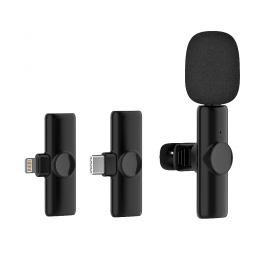
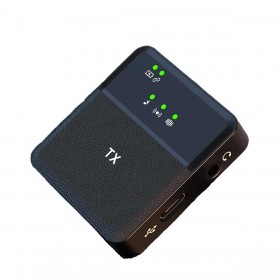


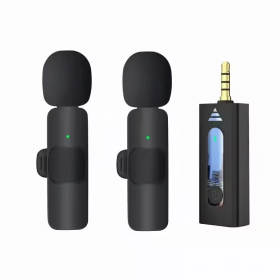
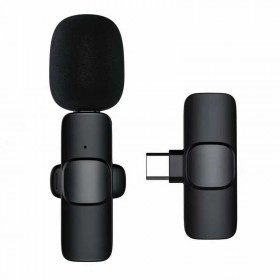
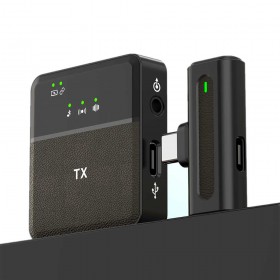
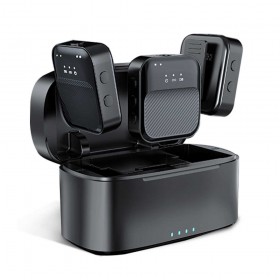
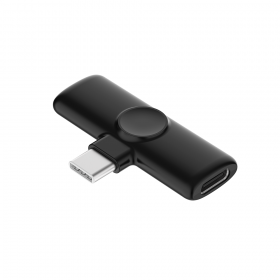
Latest comments